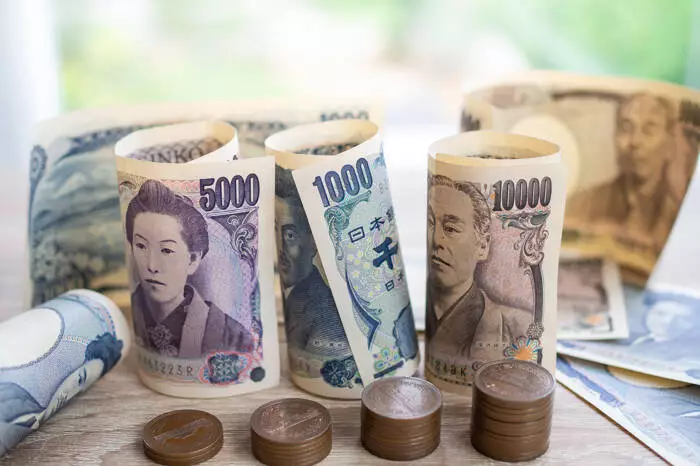A close look at Japan’s economic indicators reveals a delicate balance that the Bank of Japan (BoJ) must navigate in its policy decisions. As economists project a 0.3% decline in retail sales for April—on the heels of a 1.2% drop in March—the stakes are high for the central bank’s future guidance. Such declines in retail sales could intensify fears of recession and deflate inflationary pressures, challenging the BoJ’s long-voiced ambitions for sustainable economic recovery. A larger-than-expected dip could significantly alter expectations surrounding interest rate hikes, a topic that has garnered much discussion in light of Japan’s tiresome economic history.
On the contrary, should there be an unexpected rise in retail sales, the BoJ could find itself in a conundrum, encouraging a more aggressive, hawkish trajectory. This would ideally align with the central bank’s inflation target of 2%—a goal that many perceive to be as elusive as mirages in the desert. The upcoming Consumer Price Index (CPI) figures, particularly excluding food and energy, further complicate the landscape. Economists anticipate a year-on-year increase to 2.1% in May, up from April’s 2%. If realized, this uptick could trigger heightened expectations for interest rate adjustments, thereby kicking up volatility in the USD/JPY currency pair.
External Influences on Currency Fluctuations
Market participants must also take into account other economic indicators, such as unemployment and industrial production, but these are likely to be overshadowed by the market’s fixation on retail sales and inflation data. This perspective leads to a narrow focus on how dollar-yen dynamics will unfold as external factors weigh heavily on both economies. The volatility experienced by USD/JPY can be attributed to an array of influences, including US fiscal policy, trade negotiations, and central bank announcements.
In this context, the current trends create a bullish scenario for the yen that may see USD/JPY challenging levels of 140 under specific conditions: promising economic data from Japan, hawkish signals from the BoJ, or tensions surrounding international trade could catalyze such a movement. Conversely, if the market registers weak economic indicators or dovish inclinations from the BoJ, a corresponding bearish scenario may push the exchange rate above 145.
US Economic Landscape: A Tipping Point?
Shifting focus to the United States, a trove of data awaits analysis that will be fundamental in shaping market sentiment. Key reports, such as consumer confidence indices and GDP figures, will weigh heavily on investment decisions. The personal income and outlays report, scheduled for release, could either alleviate or amplify recession concerns depending on its trajectory. The preliminary assessment indicating a contraction of 0.3% in Q1 2025 suggests potential vulnerability in the market that traders will keenly watch.
The Core Personal Consumption Expenditures (PCE) Price Index is also slated to play a crucial role in speculation surrounding the Federal Reserve’s policy adjustments. Currently, expectations rest on a measurement reflecting a steady trend at 2.6%. Deviations from this forecast could directly influence perceptions of the Fed’s willingness to cut rates, which would subsequently impact USD/JPY volatility. An unexpected surge in inflation would mute the market’s appetite for rate cuts, while lower figures would likely spur a more dovish Fed perspective.
Navigating Technical Indicators
The technical indicators further reveal a bearish outlook for USD/JPY, as trading remains beneath both the 50-day and 200-day exponential moving averages (EMAs). A decisive breakout above the threshold of 145 might signal a reversal in fortunes, potentially leading to a full consideration of the 50-day EMA. However, any falter below the recent May lows could bring the 140-mark back into focus, reflecting the shaky sentiment that currently permeates the market.
Furthermore, the 14-day Relative Strength Index (RSI), currently positioned at 41.27, hints at the potential for further downside movement. Traders generally regard this as a warning signal, indicating that continued pressure might drive the exchange rate down, bringing oversold territory into play.
The coming days will undoubtedly provide clarity as the interplay of economic indicators and central bank rhetoric collides, creating actionable insights for savvy traders and investors alike.

